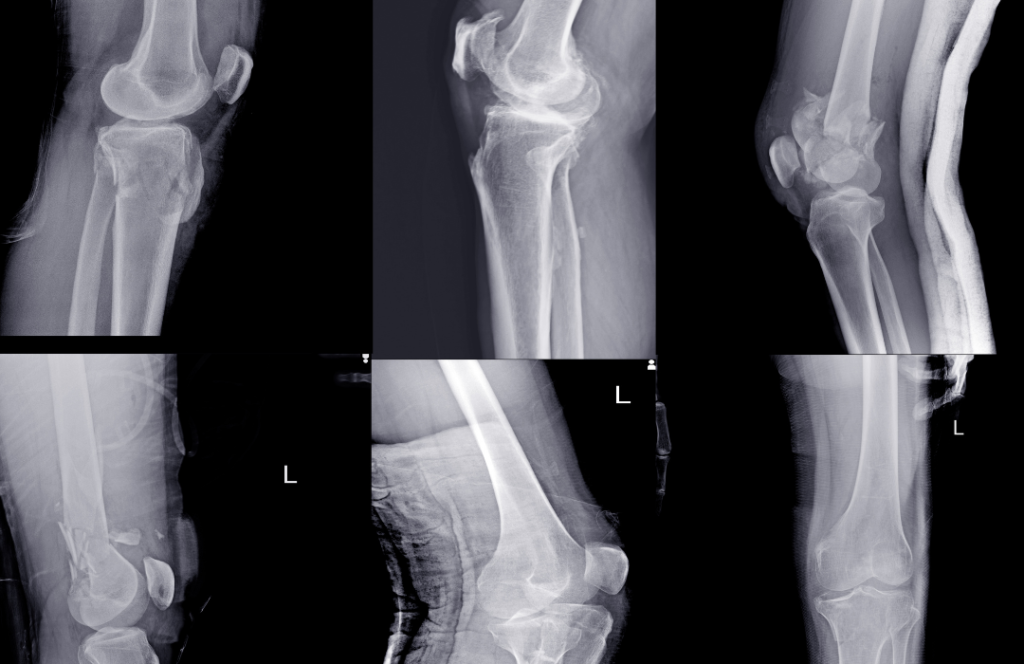
A fracture or crack in a bone is called a fracture. When a bone fractures, it can cause pain, swelling, and difficulty moving the affected limb. Fractures can be caused by a variety of factors, including trauma, falls, sports injuries, and osteoporosis (a condition that weakens bones and makes them more prone to fractures).
There are several different types of fractures, including:
- Stress fractures: These are small cracks in the bone that are caused by overuse or repetitive stress.
- Greenstick fractures: These fractures occur when a bone bends and partially breaks, but does not fully break through.
- Complete fractures: These fractures involve a complete break in the bone.
- Compound fractures: These fractures occur when the bone breaks through the skin and is exposed to the outside environment.
- Displaced fractures: These fractures involve a complete break in the bone and the bone fragments are not properly aligned.
- Non-displaced fractures: These fractures involve a complete break in the bone, but the bone fragments remain in their proper alignment.
The healing process for a fracture typically involves several stages:
- Inflammation: This is the first stage of healing and occurs immediately after the injury. The body’s immune system sends white blood cells to the injury site to remove any debris and protect the area from infection. This can cause swelling and pain.
- Repair: During this stage, the body begins to repair the damaged bone tissue. This involves the formation of a blood clot around the fracture site, which provides the necessary nutrients and cells for bone healing.
- Remodeling: In this final stage, the bone tissue begins to strengthen and the bone returns to its normal shape. It might take several months to finish this.
There are several treatment options for fractures, including:
- Rest: Resting the affected limb can help reduce pain and promote healing.
- Splinting or casting: A splint or cast can be used to keep the bone in proper alignment and reduce movement while it heals.
- Medications: Pain medications, such as acetaminophen or ibuprofen, can be used to reduce pain and swelling.
- Surgery: In some circumstances, a fracture may require surgery to be repaired. This may involve inserting screws, plates, or rods to hold the bone in place while it heals.
It is important to follow your doctor’s instructions for treating a fracture and participating in rehabilitation exercises to ensure proper healing and a full recovery. If you have a fracture and are experiencing severe pain, difficulty moving the affected limb, or signs of infection (such as fever, redness, or swelling), contact your healthcare provider immediately.




